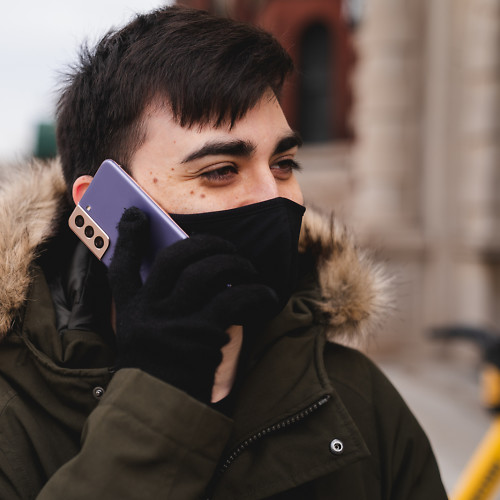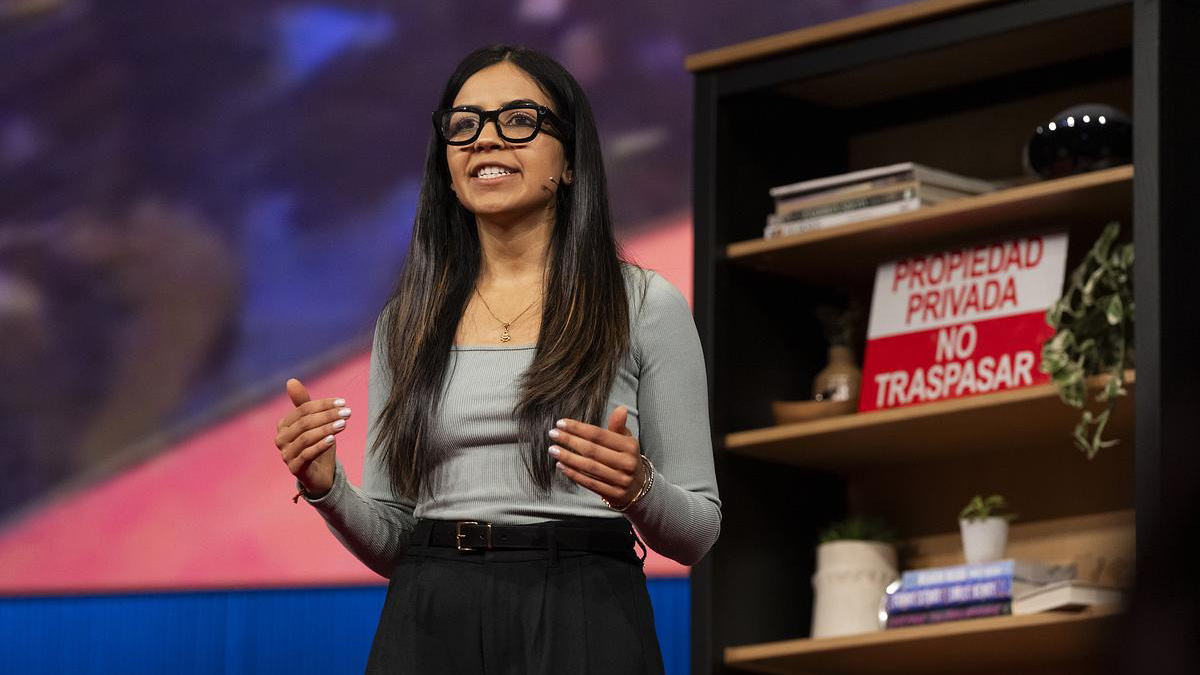My second bout with Verizon's wildly improved 5G network fills me with hope
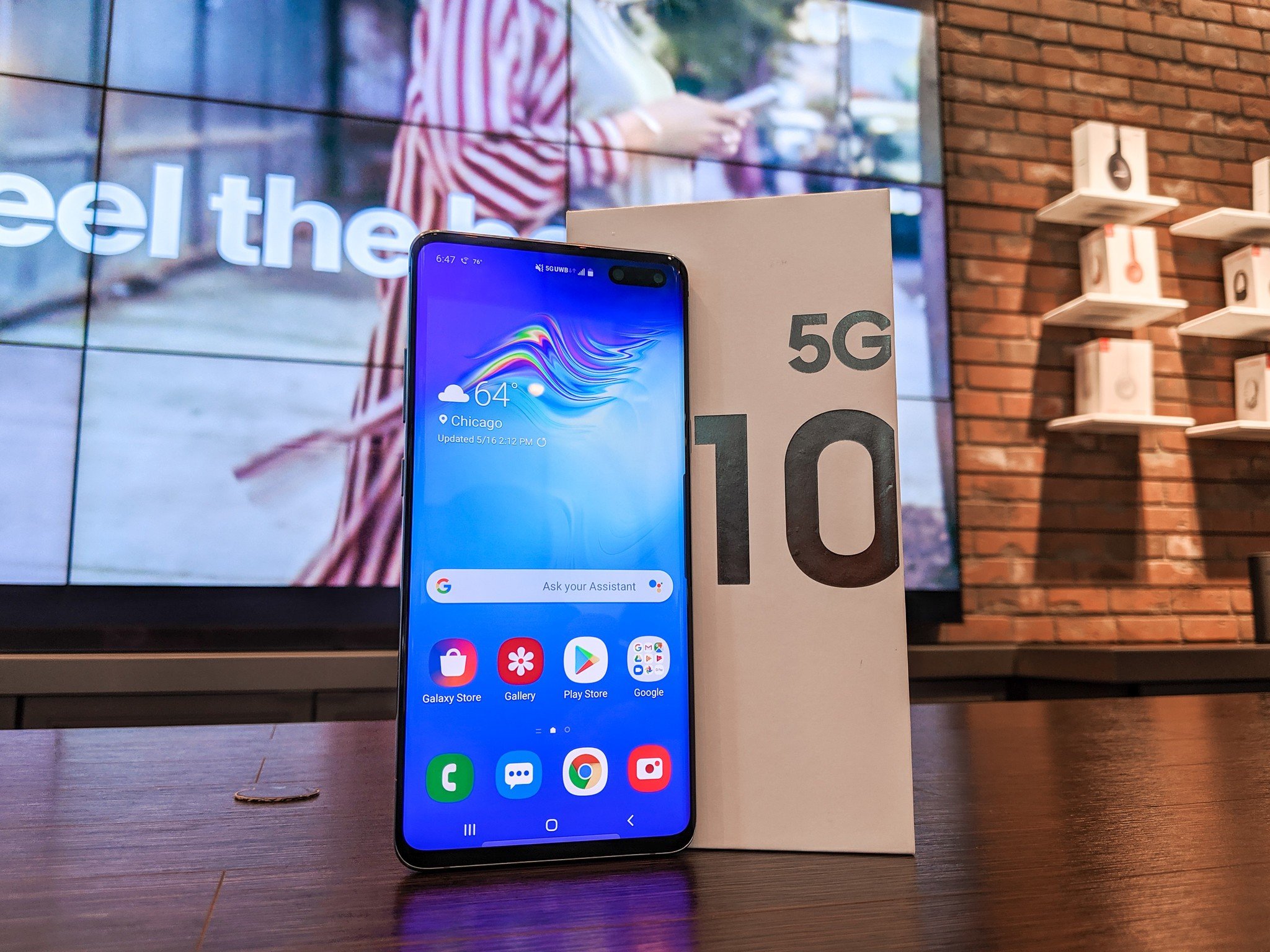
I'm no stranger to Chicago. I make the three-hour drive from my Indianapolis home to the Windy City something like thirty times a year for various concerts and events, and it's where I got to attend my very first press event for the launch of the Moto X back in 2013. So I love that it's one of the two test areas (alongside Minneapolis) for Verizon's budding 5G network.
I stopped by Motorola's headquarters at the Merchandise Mart early last month to try it out, following the launch of the Moto Z3's long-awaited 5G Moto Mod. The speeds I saw while walking around the city were impressive, averaging around 500 Mbps, but the network was clearly not cut out for prime time just yet. Holding a solid connection for more than a few minutes was seemingly impossible, and the slightest obstacle blocking your view of a 5G node yielded dramatically lower results.
With that in mind, I was pretty skeptical when I was offered another opportunity to test Verizon's 5G network just five weeks later, aligning with the release of yet another compatible device, Samsung's Galaxy S10 5G. Thankfully, it turns out five weeks is enough time to completely turn an underwhelming network around.
It's far easier to find and maintain a 5G connection than during my previous visit.
I spent about two hours walking around the River North area of Chicago on an uncharacteristically warm and sunny evening. Before I even started running speed tests, I noticed something different from my last visit; the Galaxy S10 5G wasn't frantically popping in and out of a 5G connection, it was maintaining it whenever I was in range of a node.
That's a huge improvement on its own, aided by the fact that there were quite a few more nodes around the city than before. Moving southwest of the Verizon flagship store on Michigan Avenue, where I was lent an S10 5G for the evening, there were several nodes within walking distance.
Just five minutes down the road, there's a 5G node by the Chick-Fil-A on Pearson and Wabash. Continuing down Grand Avenue, there was a node next to the Binny's by Franklin Street, and another just a block over on Orleans Street.
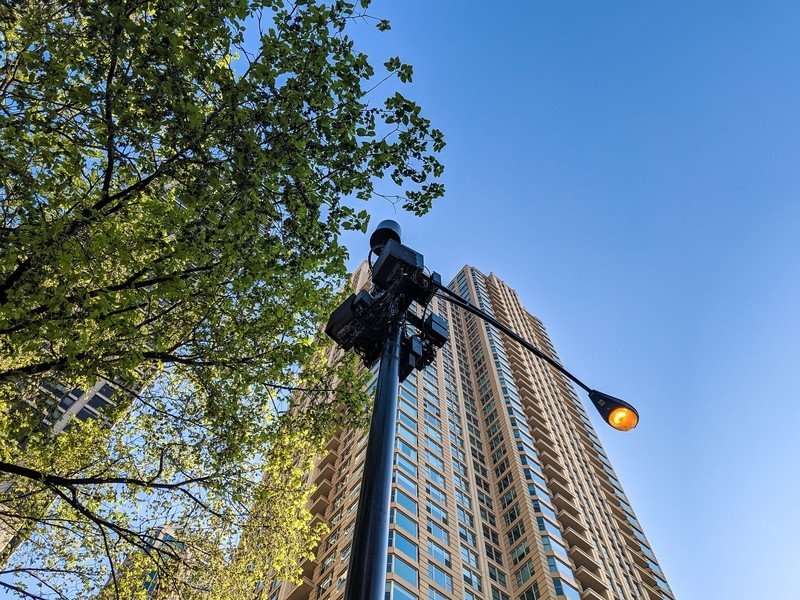
Once I started running speed tests, all bets were off. Starting with the node off of Pearson and Wabash, my very first Ookla run yielded a whopping 650 Mbps down — that's better than any test I ran during my last visit with the Moto Z3 just last month, and it was only the beginning. It only took two more tests moving a bit closer to the node to exceed gigabit speeds with a result of 1134 Mbps. That wasn't just a fluke, either; moving to another node on Wells Street between Ohio and Grand, I hit 1498 Mbps down. Wirelessly. On a cell phone.
Be an expert in 5 minutes
Get the latest news from Android Central, your trusted companion in the world of Android
As remarkable as those speeds are, they're largely dependent on your proximity to the 5G node. Verizon says you'll see the best results standing about 100-300 feet away from a node, and that standing directly underneath it can be just as bad as standing too far away. Sure enough, running a speed test from about 30 feet away gave me much slower results, with one test yielding about 394 Mbps down — what a world where those sorts of speeds can be mentioned as the "slower results."
Just pulled 1.4 Gbps down on the S10 5G. 🤯 pic.twitter.com/XBKkDGaM3cJust pulled 1.4 Gbps down on the S10 5G. 🤯 pic.twitter.com/XBKkDGaM3c— Hayato Huseman (@hayatohuseman) May 16, 2019May 16, 2019
If you're wondering about the mere double-digit upload speeds, don't worry. Verizon representatives stated that uploads still aren't enabled over 5G just yet, so those results are from Verizon's LTE network instead.
Now speed tests are impressive, but they don't mean much if real world usage doesn't live up to the high expectations they set. Of course, it's not as simple as "fast speeds = fast everything," and you'll be bottlenecked by the platforms and services you're using.
Netflix and Amazon have both optimized their streaming platforms for Verizon's 5G network, meaning you can download TV shows and movies at blisteringly fast speeds — I downloaded Wine Country, a 105-minute movie, from Netflix in just 20 seconds over 5G, and I saw colleagues download the same movie in even shorter times.
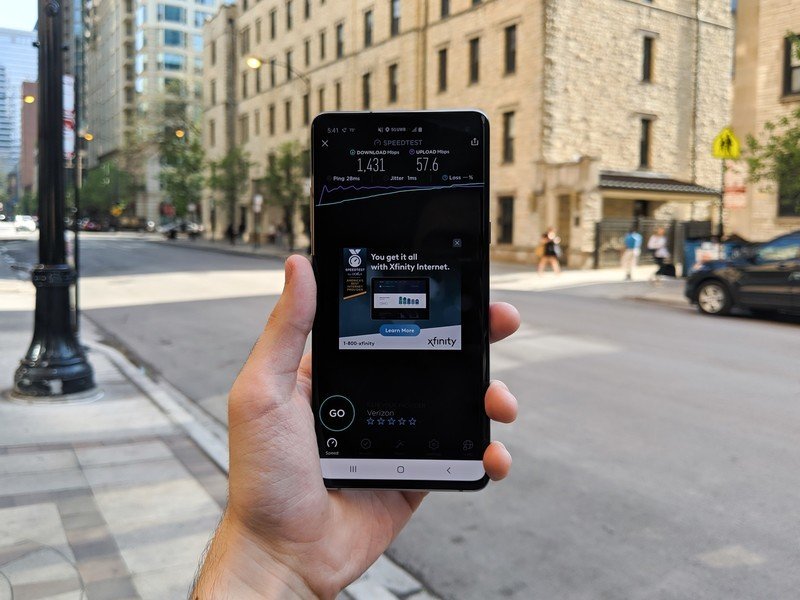
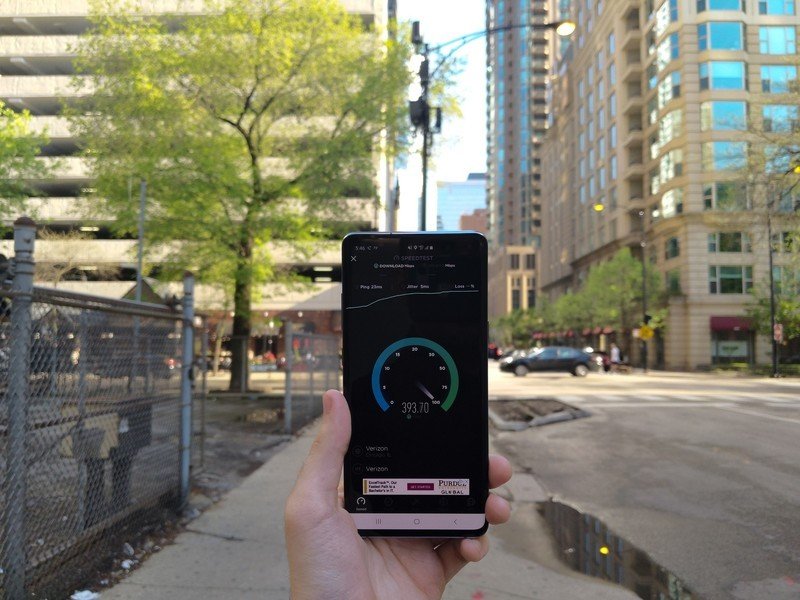
On the other hand, the Google Play Store isn't optimized for 5G at the moment, meaning you won't get to reap the full benefits of a gigabit connection when downloading apps. PUBG took closer to three minutes to install — which to be clear, is still impressively fast, but nowhere near as instantaneous as my Netflix test. I'm told that Samsung's Galaxy Store is 5G-ready, though I didn't get the chance to try it out for myself.
There are still some other questions to answer in the coming weeks and months. We haven't seen how 5G speeds will hold up with thousands of people connected as more compatible devices roll out and the network becomes more ubiquitous in the coming years. It's also unclear when uploads over 5G will be enabled, or when 5G will spread beyond Chicago and Minneapolis (beyond the vague "end of the year" promise).
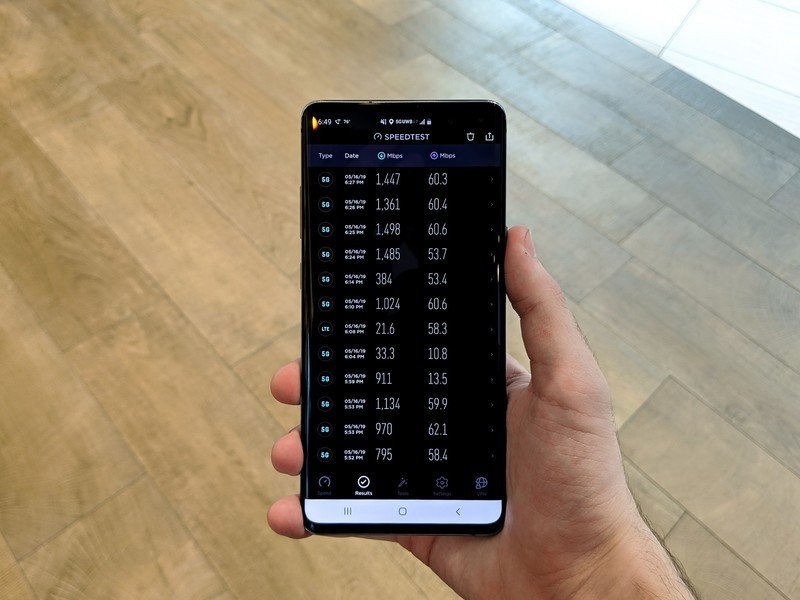
Just like last time, I have a hard time recommending you go out and buy a 5G-capable phone right away — though if you're so inclined, the S10 5G is available now for a staggering $1300. Even now that Verizon is putting a hold on the premium charge for its new network, jumping the gun this early on is simply limiting your options and shelling out a ton of money for a service you'll only be able to use in busy areas of two cities nationwide for the time being.
But damn, if this isn't the most promising example of 5G we've seen yet. The improvements made in just the last five weeks are staggering, and I can't wait to see how Verizon's network performs in another few months. If you're still not excited for 5G, you're not paying enough attention.
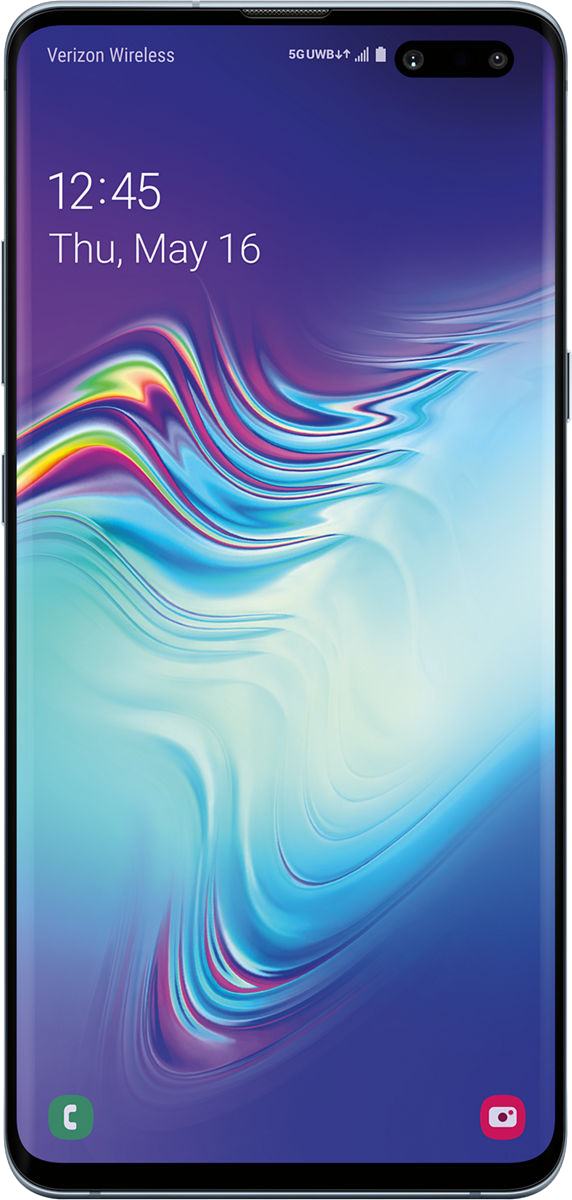
A phone as blisteringly fast as Verizon's 5G network.
Verizon's 5G network is finally worth using, so long as you live in metropolitan Chicago or Minneapolis. The Galaxy S10 5G is the first phone to market that supports 5G natively, and includes some of the most powerful hardware around, as well as a whopping six cameras.
Hayato was a product reviewer and video editor for Android Central.
